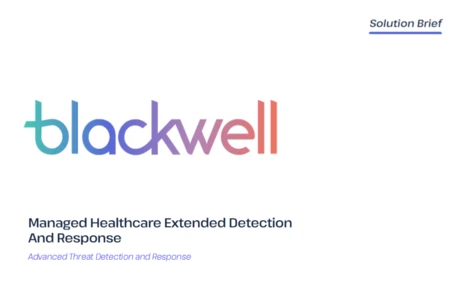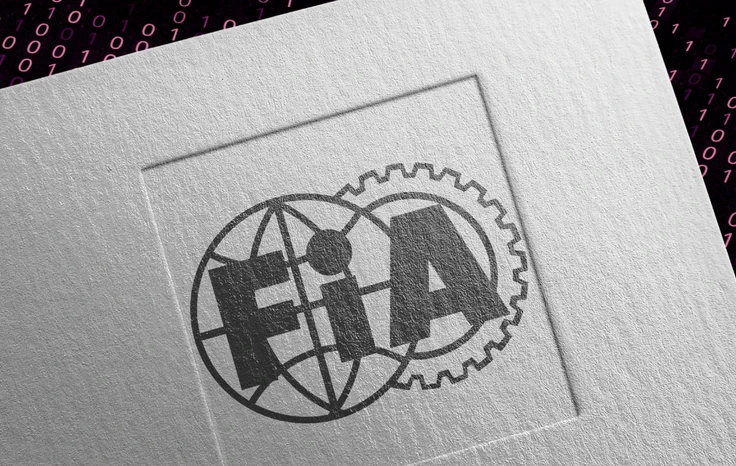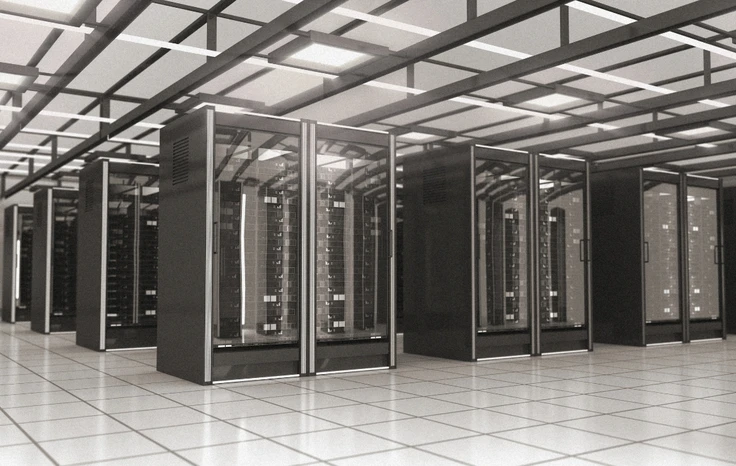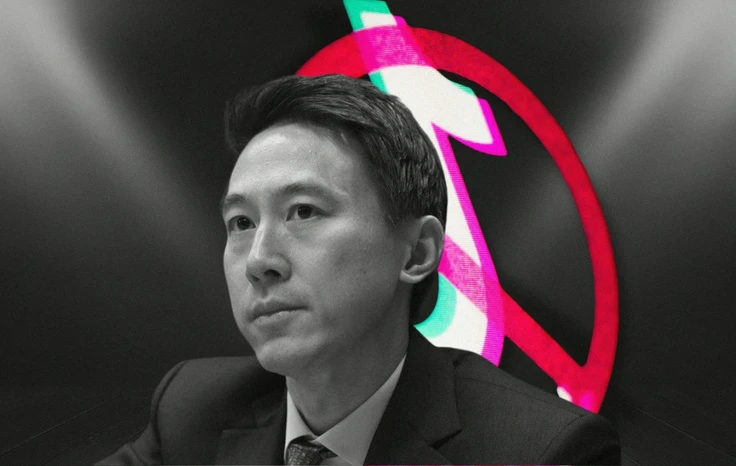Google's Emissions Rise by 48% as AI Demands Spike
5 Key Features Your Multi Cloud Architecture Should Have

In today's digital era, organizations are constantly seeking ways to maximize their IT infrastructure's efficiency and effectiveness. One way of achieving this is through the use of a multi cloud architecture. Multi-cloud architecture involves using multiple cloud providers to host an organization's IT infrastructure, applications, and data. By doing this, organizations can enjoy the benefits of each cloud provider, including better reliability, security, and cost-effectiveness. In this article, we will discuss five key features that your multi-cloud architecture should have to ensure optimal performance and success.
Flexibility and Scalability
Flexibility and scalability are two critical features that a multi-cloud architecture must-have. Your multi-cloud architecture should be flexible enough to allow for seamless integration of new cloud services and providers while accommodating changes in workload demands. Scalability is equally important as it enables you to adjust your IT infrastructure's capacity according to your needs. With a flexible and scalable multi-cloud architecture, you can quickly respond to changing business demands without any downtime, resulting in increased efficiency and agility.
Robust Security
Security is an essential feature of any IT infrastructure, and multi-cloud architecture is no exception. Your multi-cloud architecture should incorporate robust security measures to protect your organization's data from cyber threats such as hacking, data breaches, and malware attacks. Your security strategy should include data encryption, access controls, identity and access management, network segmentation, and threat detection and response. By implementing these security measures, you can safeguard your organization's sensitive data and minimize the risk of data breaches.
High Availability
High availability refers to the ability of your IT infrastructure to function continuously and without interruption. It is a critical feature of a multi-cloud architecture as it ensures that your organization's applications and services are always available to users. Your multi-cloud architecture should be designed to provide high availability by distributing workloads across multiple cloud providers and data centers. This way, in the event of a failure or outage, your users can continue to access your services without any interruption, ensuring business continuity.
Interoperability and Portability
Interoperability and portability are two critical features that your multi-cloud architecture should have. Interoperability refers to the ability of your IT infrastructure to integrate seamlessly with different cloud providers and services. With interoperability, you can choose the best services from multiple providers, allowing you to optimize your IT infrastructure's performance and cost-effectiveness. Portability refers to the ability to move your IT infrastructure between cloud providers easily. With portability, you can avoid vendor lock-in, allowing you to switch cloud providers without any significant disruption to your services. By ensuring interoperability and portability, your multi-cloud architecture can be more flexible, adaptable, and future-proof.
Centralized Management
Centralized management is a critical feature of any multi-cloud architecture. With multiple cloud providers, managing your IT infrastructure can be complex and time-consuming. Centralized management allows you to monitor and manage your IT infrastructure from a single location, providing greater visibility and control. Your management strategy should include tools for monitoring performance, managing costs, and automating routine tasks such as backups and updates. By implementing a centralized management strategy, you can simplify the management of your multi cloud architecture and reduce the risk of errors and downtime.



























